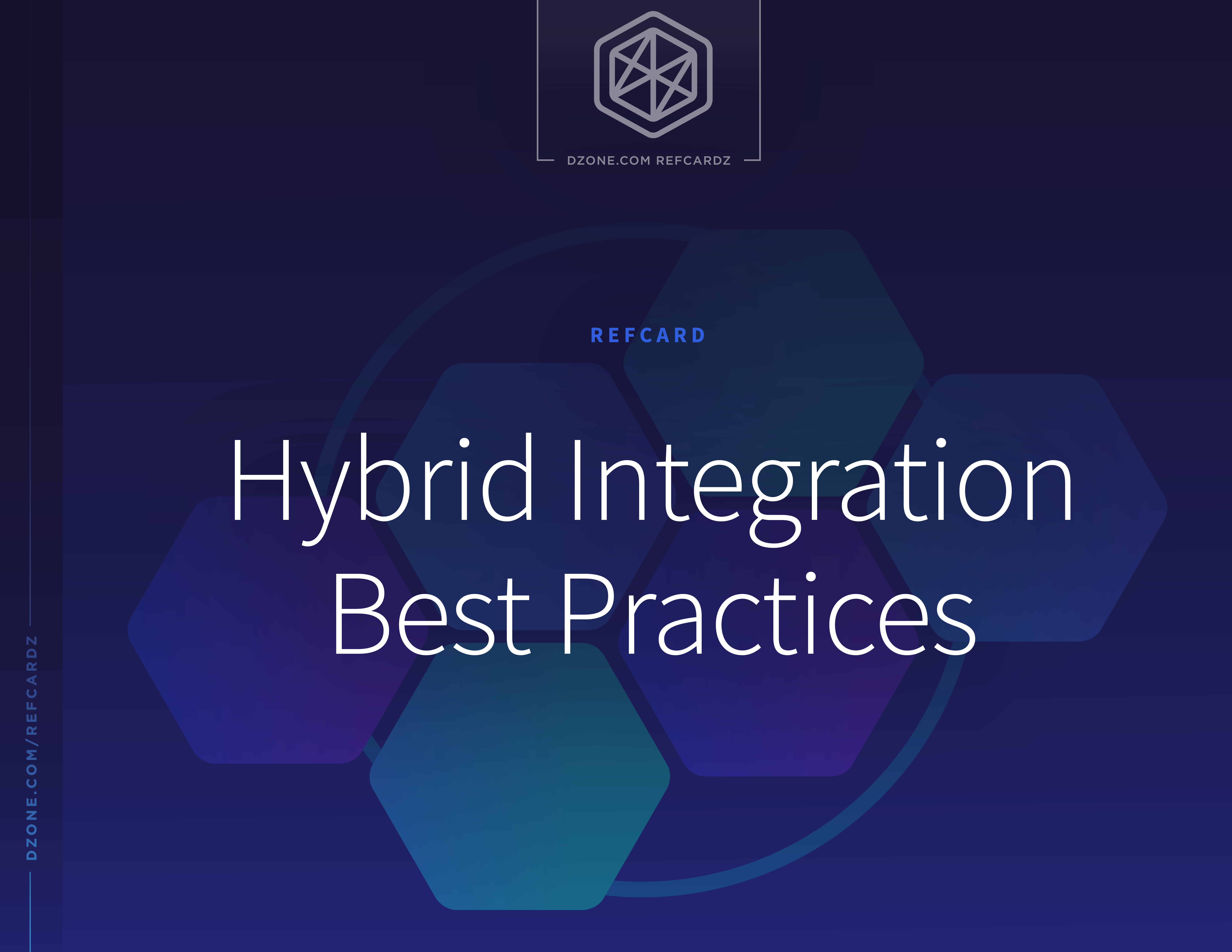Introduction
It’s clear that rethinking your integration stack is becoming more and more urgent.
Back in the year 2000, we saw the emergence of service-oriented architecture (SOA), with the rise of enterprise application integration (EAI) and the enterprise service bus (ESB). These areas of expertise exploded and gave people like me a lot of work until easily 2012, when API management platforms and more modestly iPaaS platforms had started to grow their adoption. At the same time, agility, the cloud, and the rise of “citizen-x” (citizen developer, data citizen, and so on) have reshaped IT, sometimes with 10-year-old technologies. Meanwhile, the older integration stack is often perceived as obsolete, if not outright useless. (Of course, API management is not included in these statements.)
In this changing context, the concept of the Hybrid Integration Platform (HIP) has emerged. A recent survey from Axway found that 45% of respondents have implemented (or are implementing) a hybrid integration platform to close the gap between new and traditional integrations. Why? According to the survey, the primary factor driving adoption is the need to innovate faster to keep up with agile, cloud-native start-ups.

